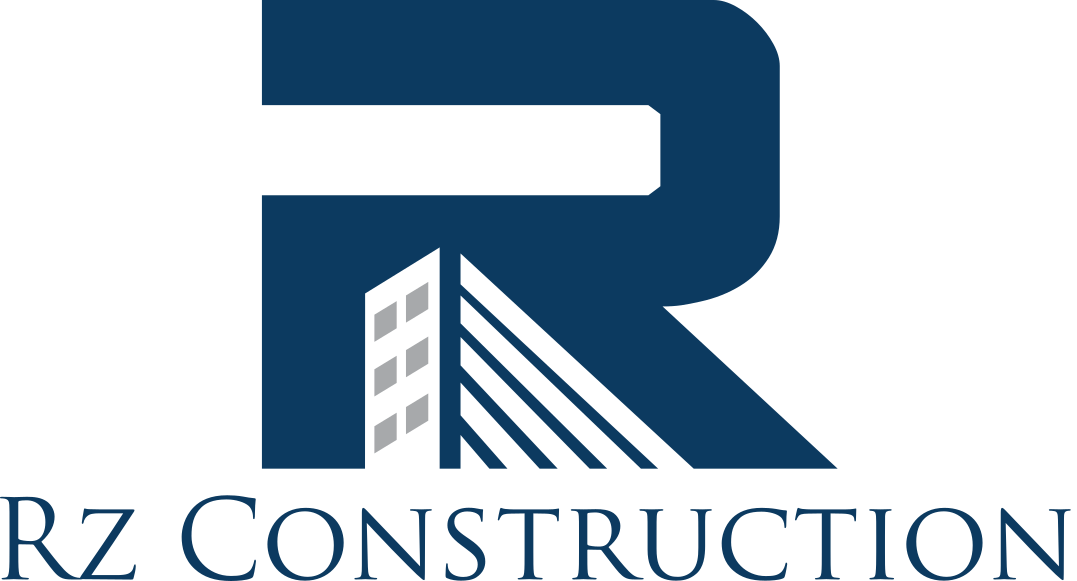Over the centuries, changing era’s, cultures and styles – not to mention the creation or wider availability of certain materials – have meant that masonry is no longer all about stone, and below are some of the most commonly used masonry materials today:
- Brick
Made during a process in which clay is fired in a kiln, brick is durable and fire-resistant. Available in a wide variety of both colors and sizes, bricks can be laid to create numerous different patterns, and with its low maintenance and longevity, it remains a popular material in the construction industry.
- Stone
Natural and aesthetically timeless, stone is strong, durable and beautiful. Cut or used in its natural condition, stone is weather and erosion-resistant, and has the ability to absorb heat and release it slowly, making it a popular choice for reasons of energy efficiency.
- Blocks
Precast, this construction material can either be stacked up, or laid out on top of one other to form walls, foundations and partitions, among other types of structures. Typically bigger than bricks, they are more efficient and affordable when used in the construction of commercial or industrial scale projects.
If you’ve got a construction project in the pipeline and are wondering what masonry materials would be most suitable, the following 6-step-guide could prove useful:
Step One – define the projects’ purpose
Think carefully about what the project is intended for, and what it will be subjected to over a period of time. Will people be walking on it regularly, or is it purely for decorative purposes, for example?
Step Two – think about the local weather conditions and climate
Will the structure be exposed to high amounts of rain or snowfall, or significant fluctuations in temperature? The weather and climate can have a significant impact on the longevity and stability of a structure, and needs to be given ample consideration.
Step Three – decide upon your budget
If you’re on a strict budget, the masonry materials you choose may well be dictated by this, but it’s important to have a clear idea of what you can spend so to narrow down your options. Remember also that some materials may be harder wearing than others, even if they cost more, which could save you on maintenance and repair costs further down the line.
Step Four – consider what you want the project to look like
Some masonry materials may suit a particular structure more than others, especially if they are being designed to blend in with neighboring structures or color schemes, for example. Consider the texture, color and style of the range of materials available to you.
Step Five – think about the environment
Nowadays, there is an urgent and pressing need to consider the environment in everything that we do, and construction is no different. Try wherever possible to opt for materials that are sustainable and eco-friendly, and which will likely make the structure more energy efficient.
Step Six – seek professional guidance
Even if you plan to carry out some of the construction work yourself, you should always seek advice from a masonry contractor first, to make sure that: a) you’re able to do the work yourself i.e. you have the necessary skills and: b) and that you’re choosing the right materials for the job.
With a wide range of masonry materials to choose from, never has the construction industry been as exciting and varied as it is today, and never have the opportunities for building incredible and stunning structures, been so incredibly diverse.
To choose the right materials for your upcoming project, whatever it may be, consult with a professional masonry contractor at the earliest.
